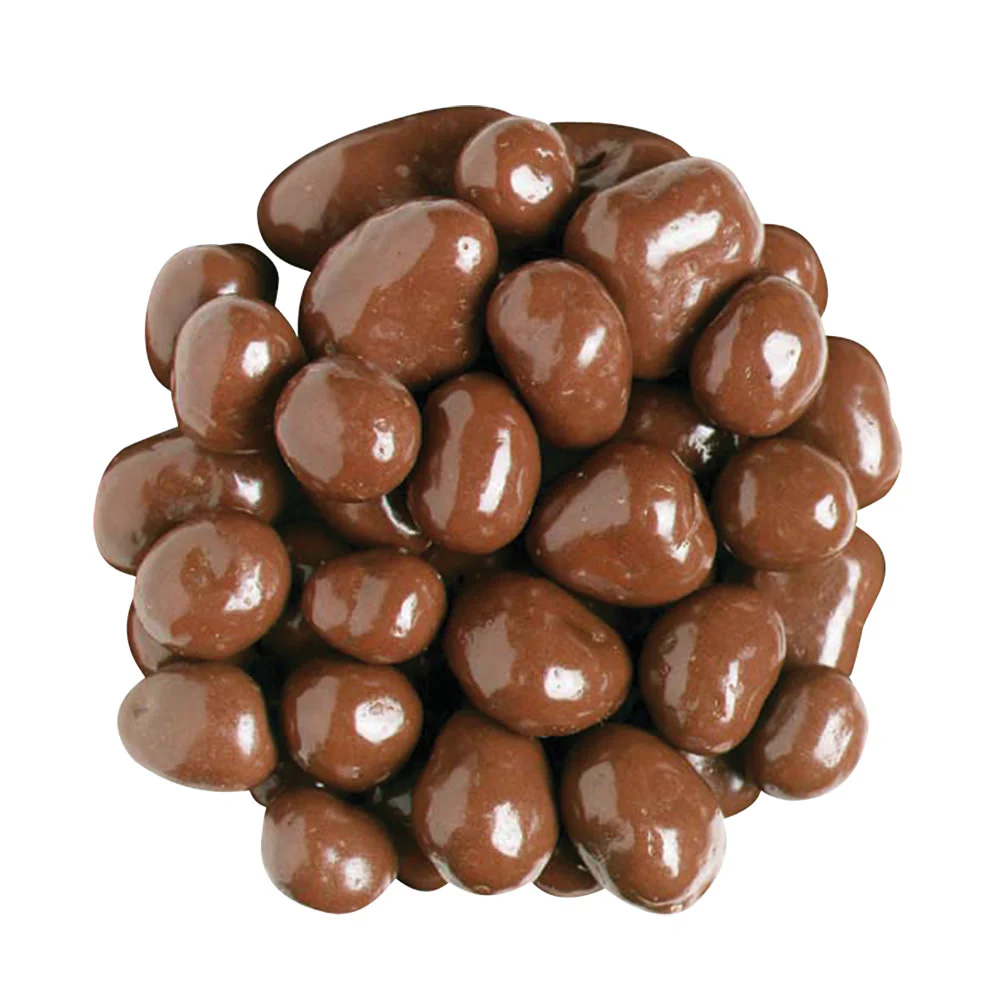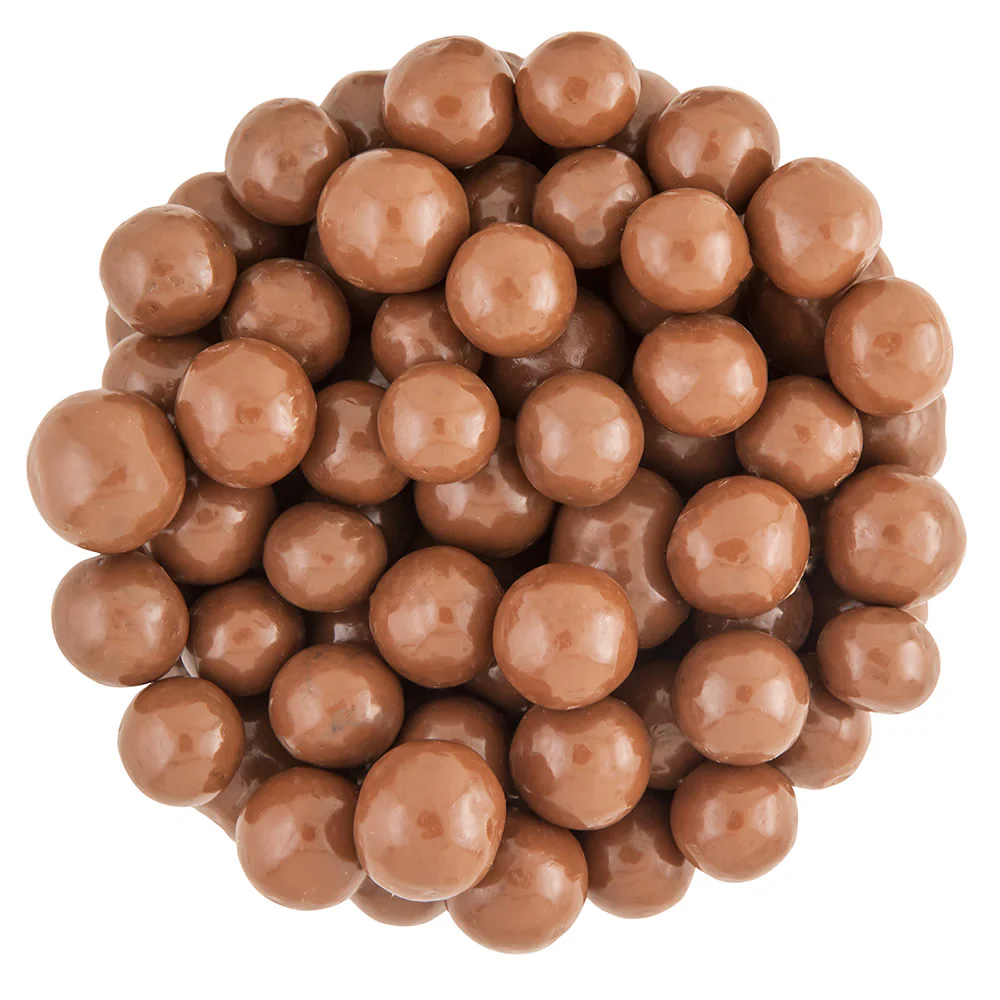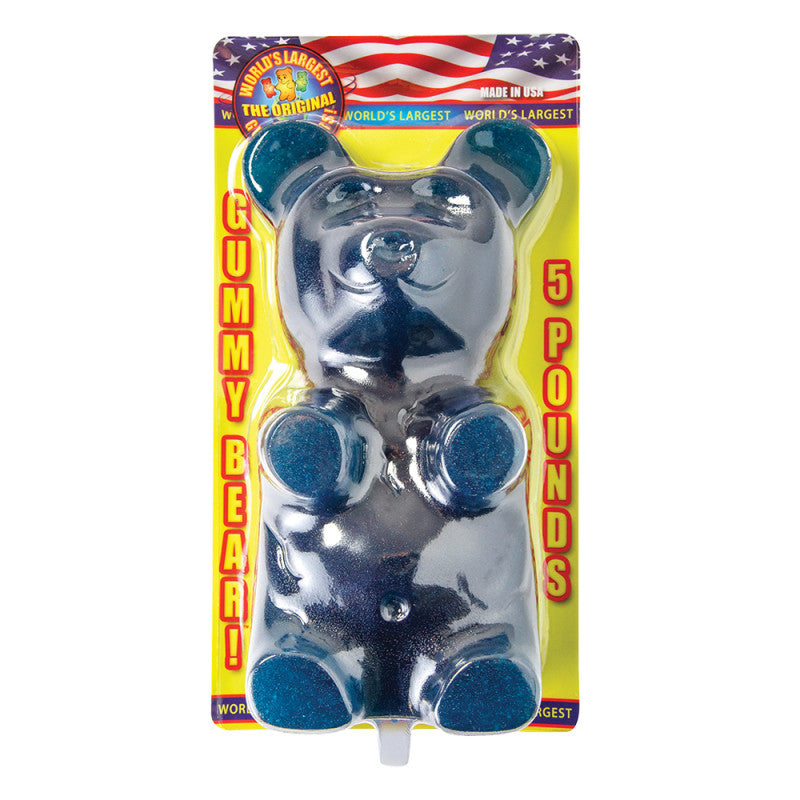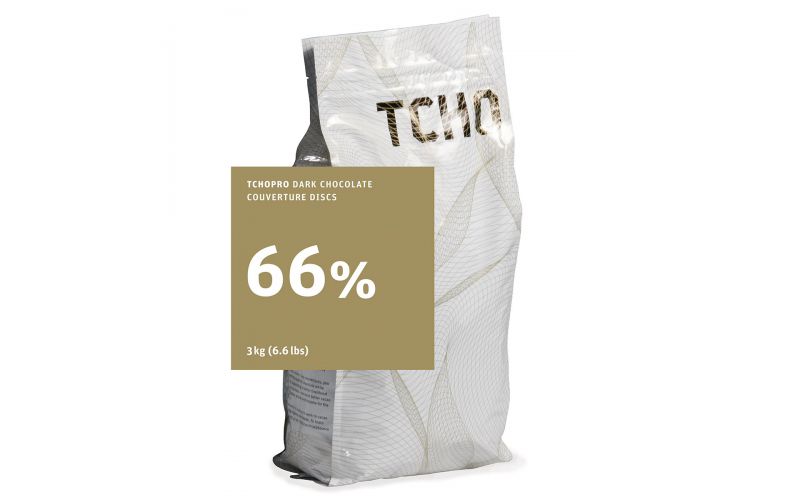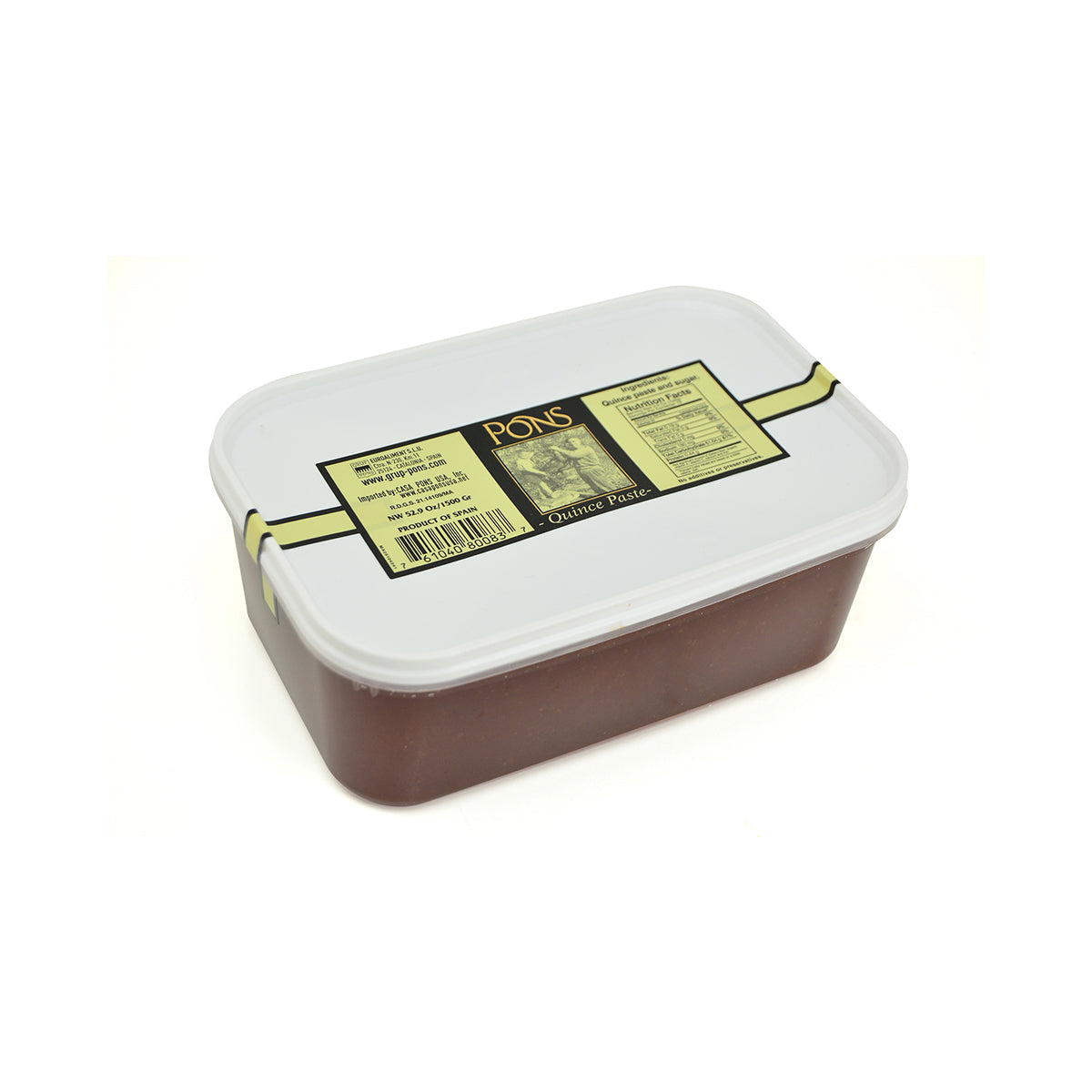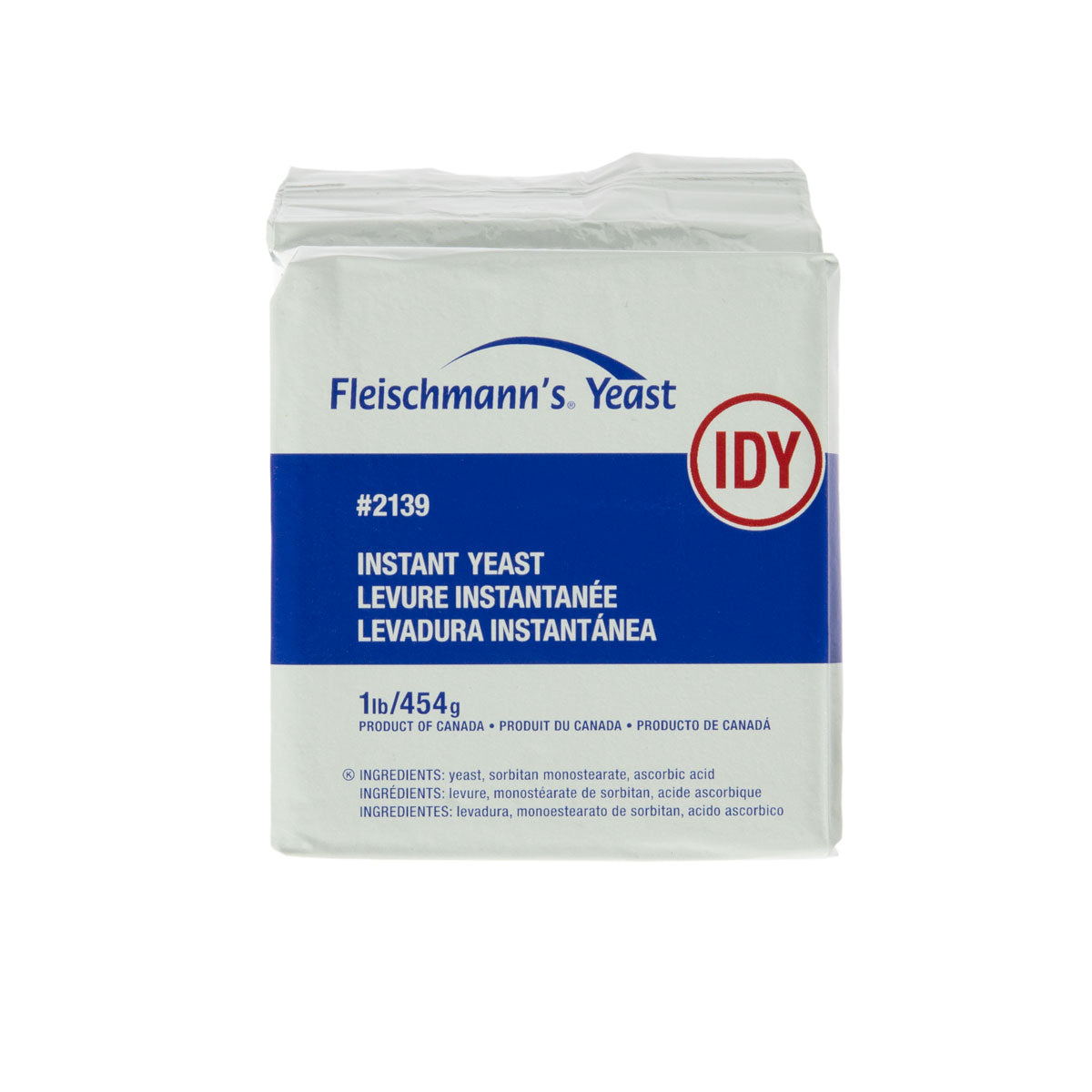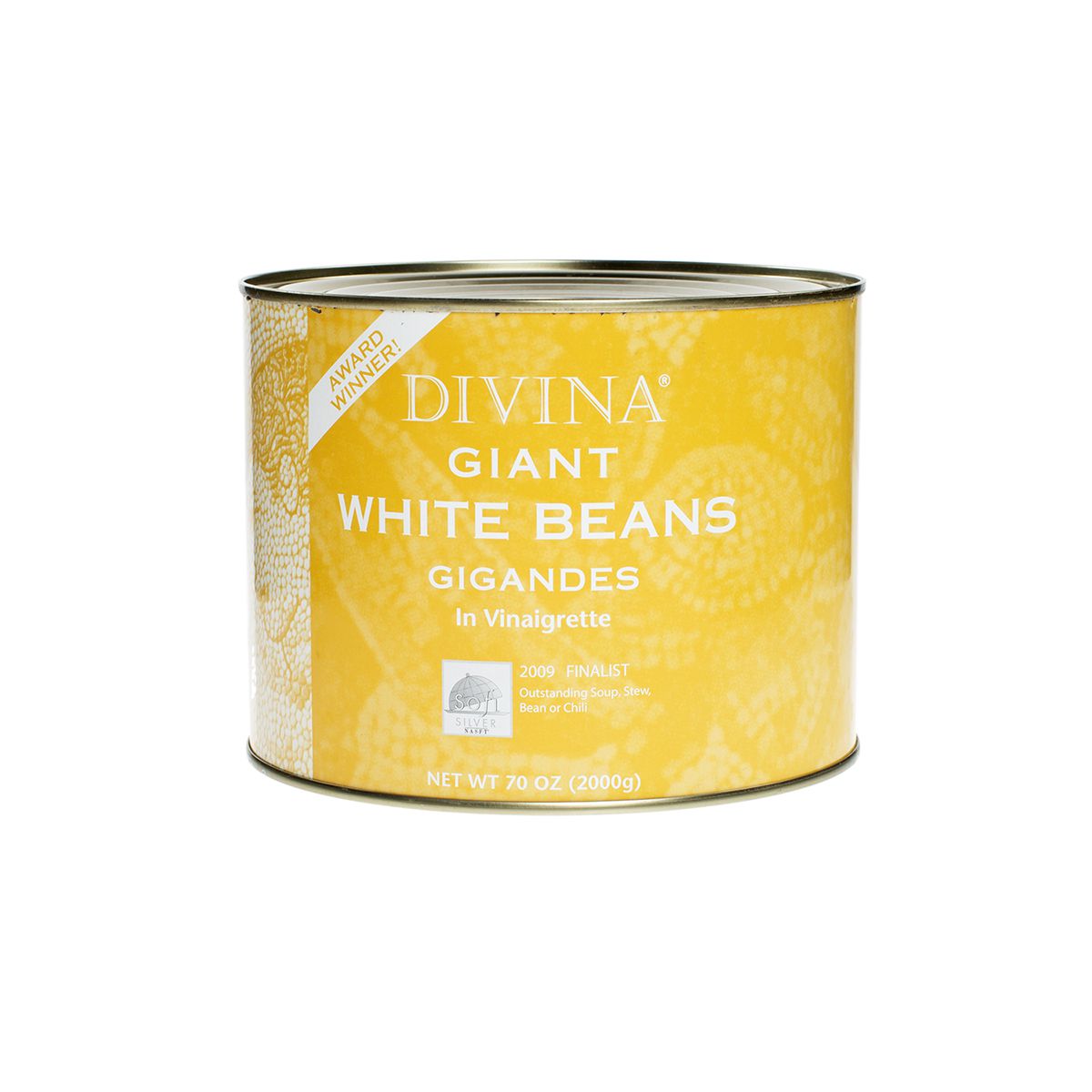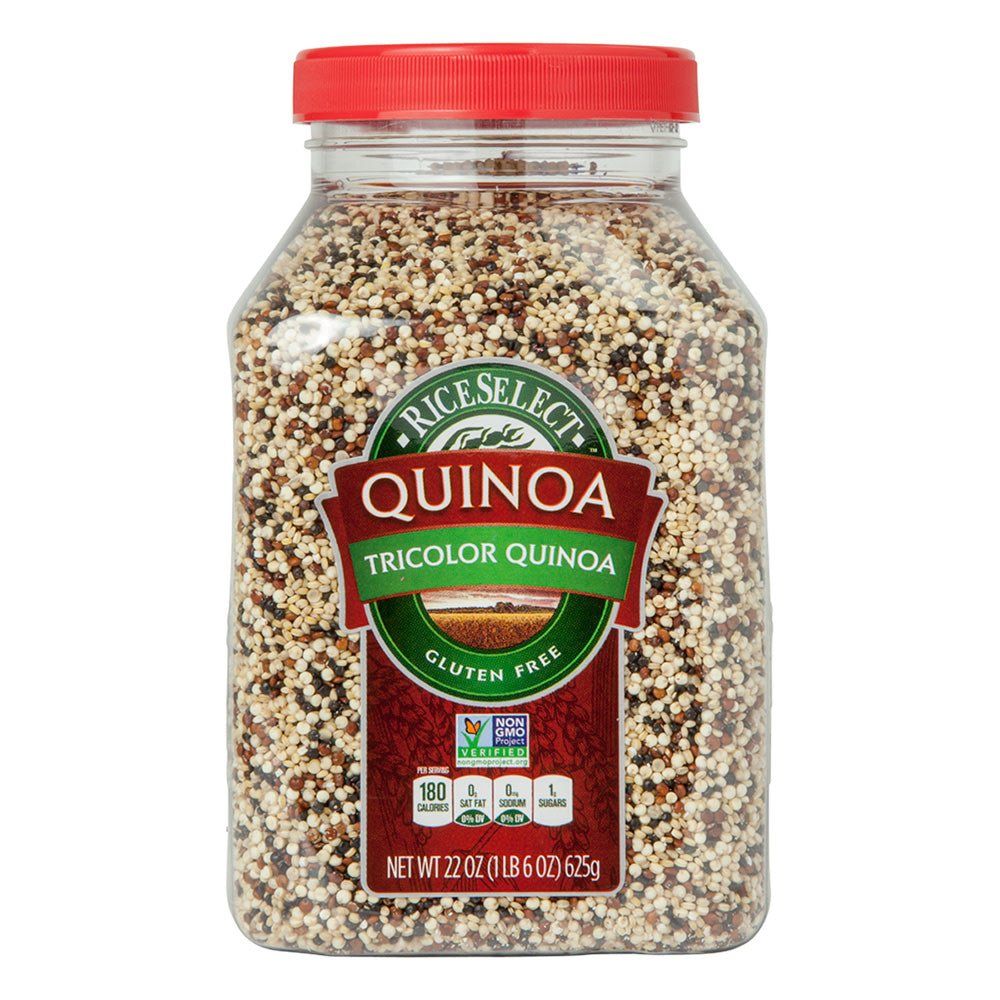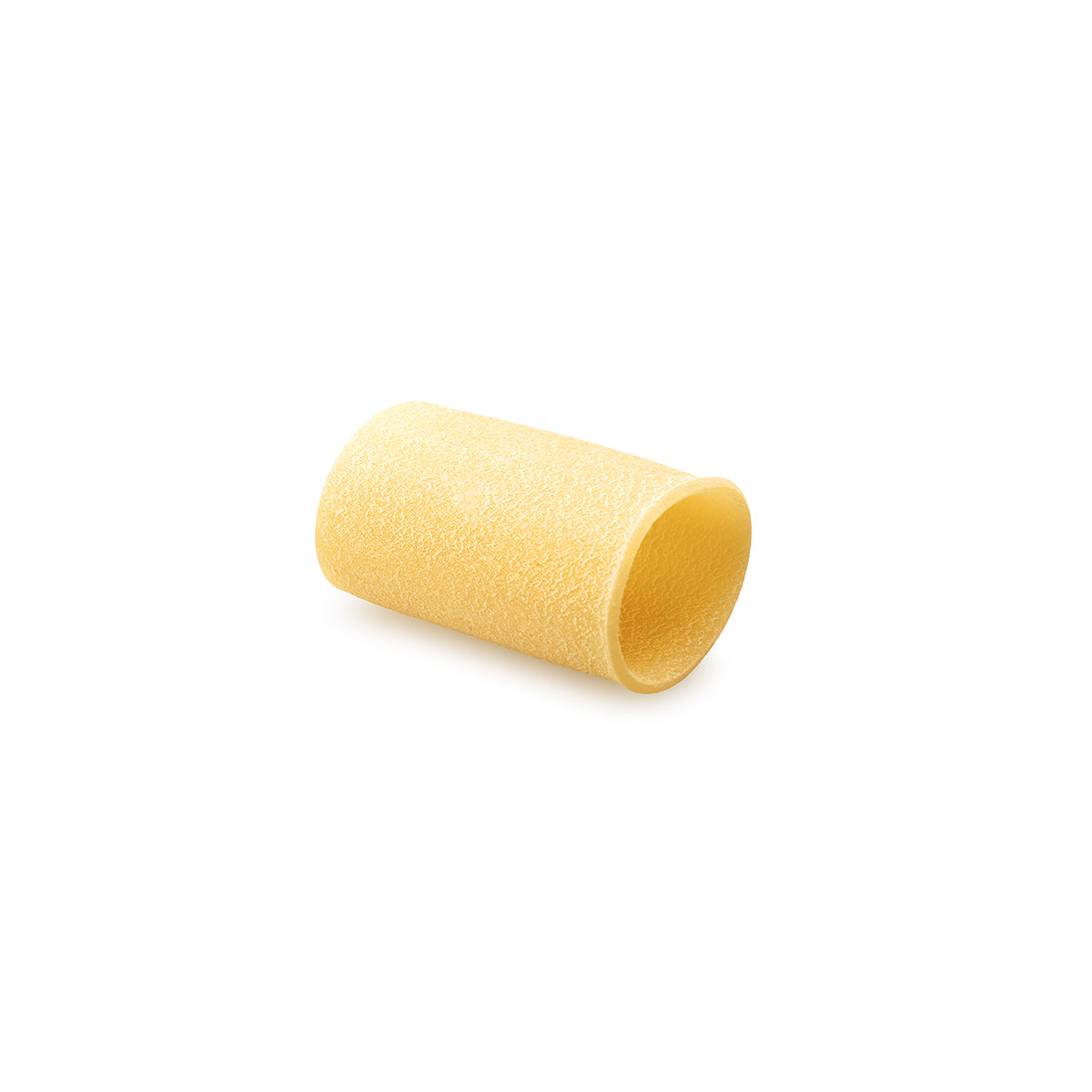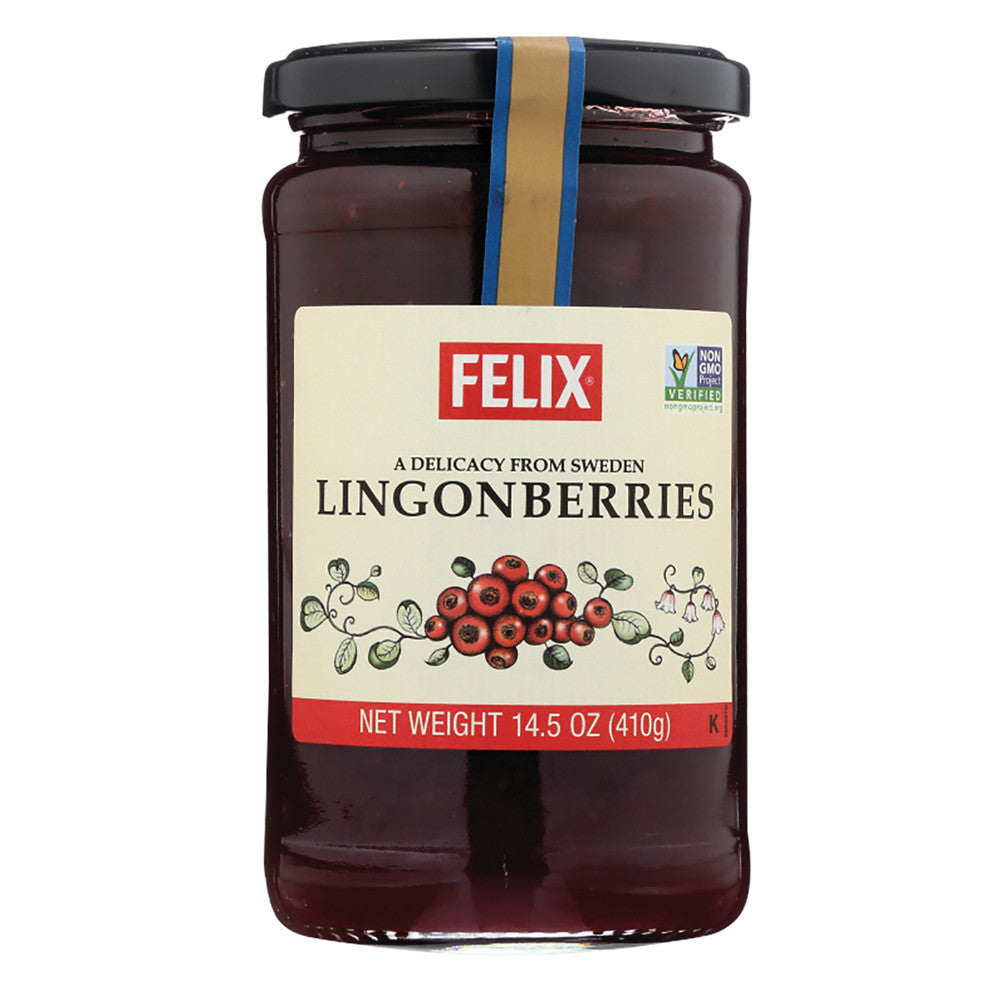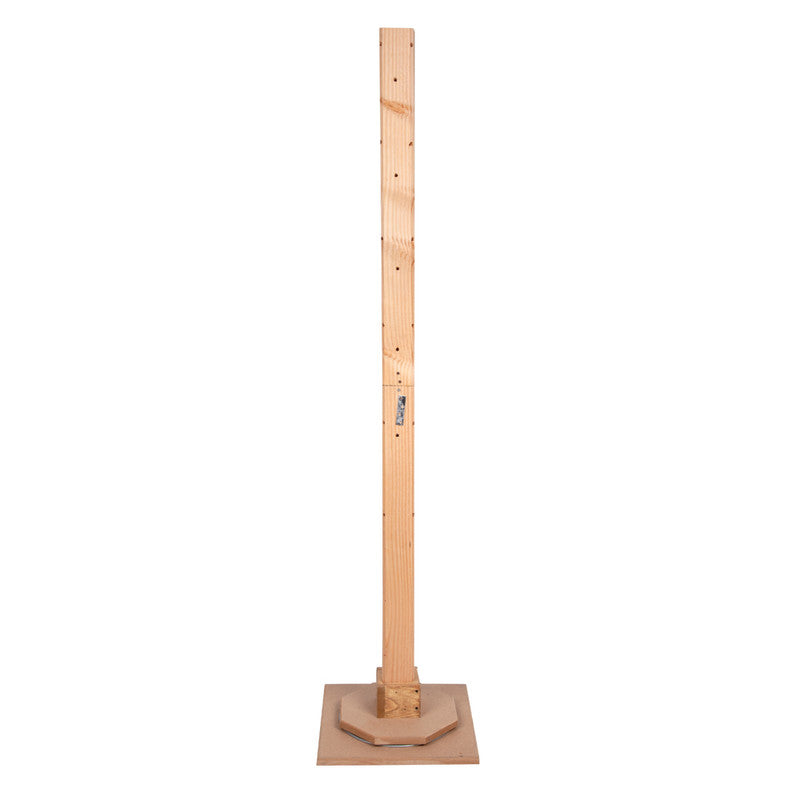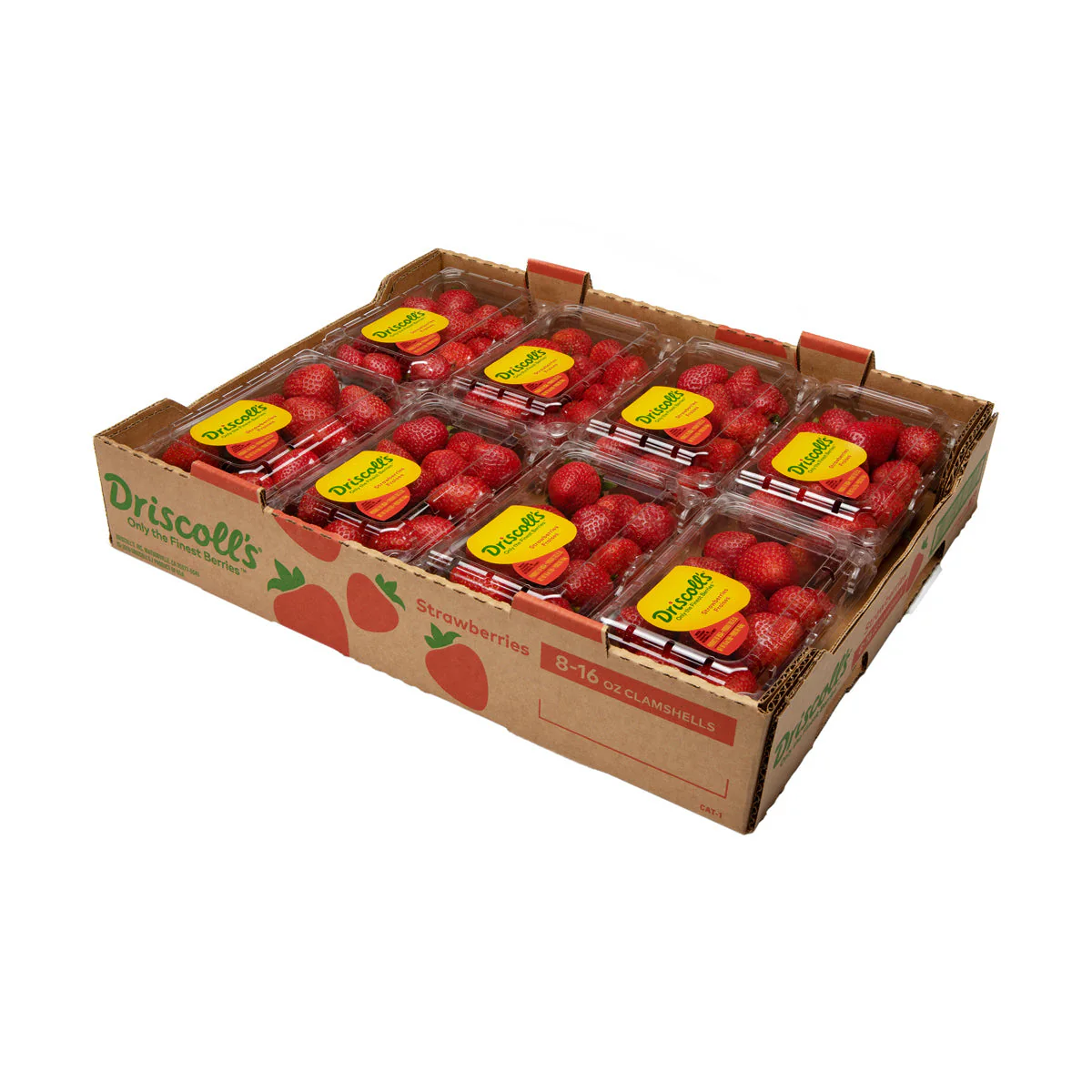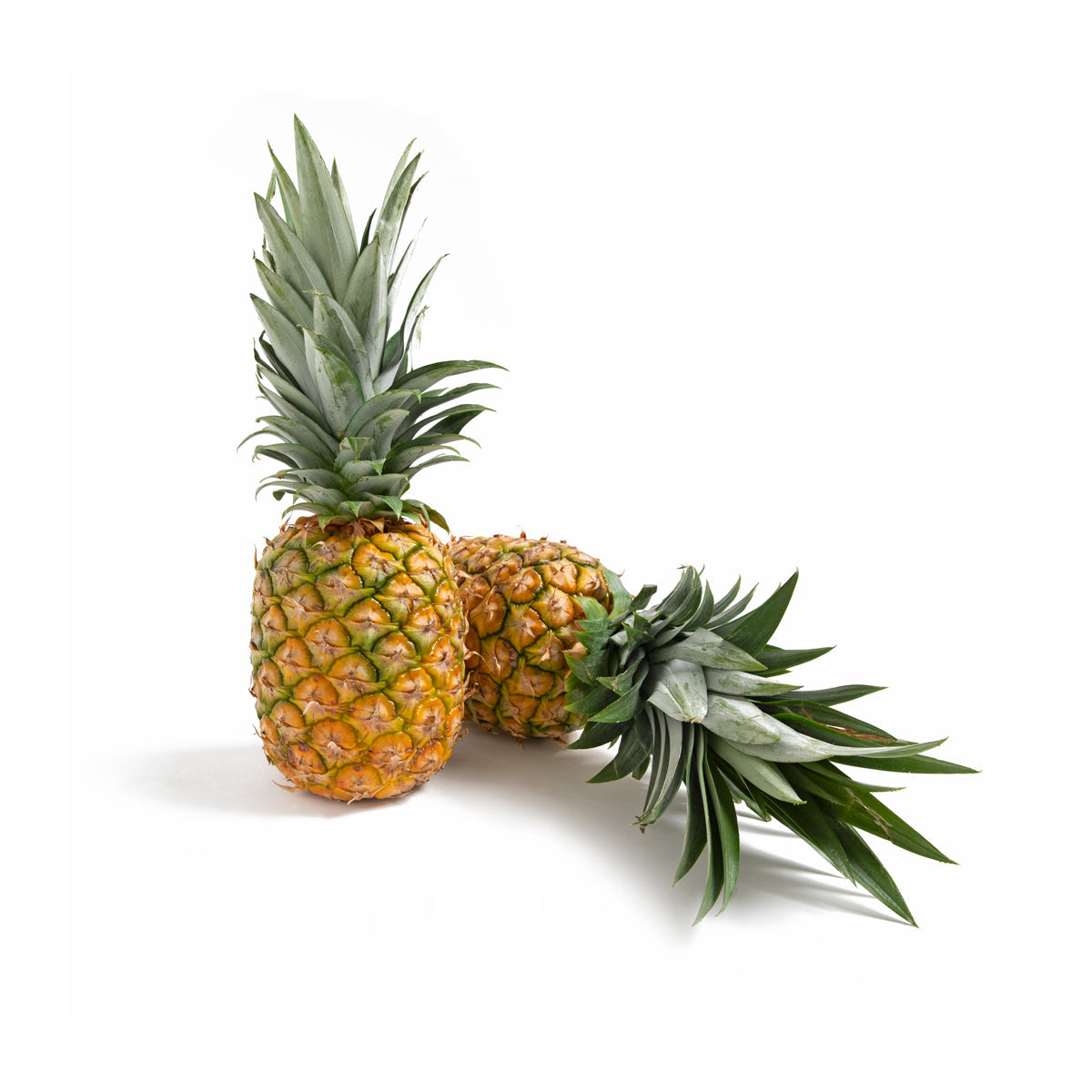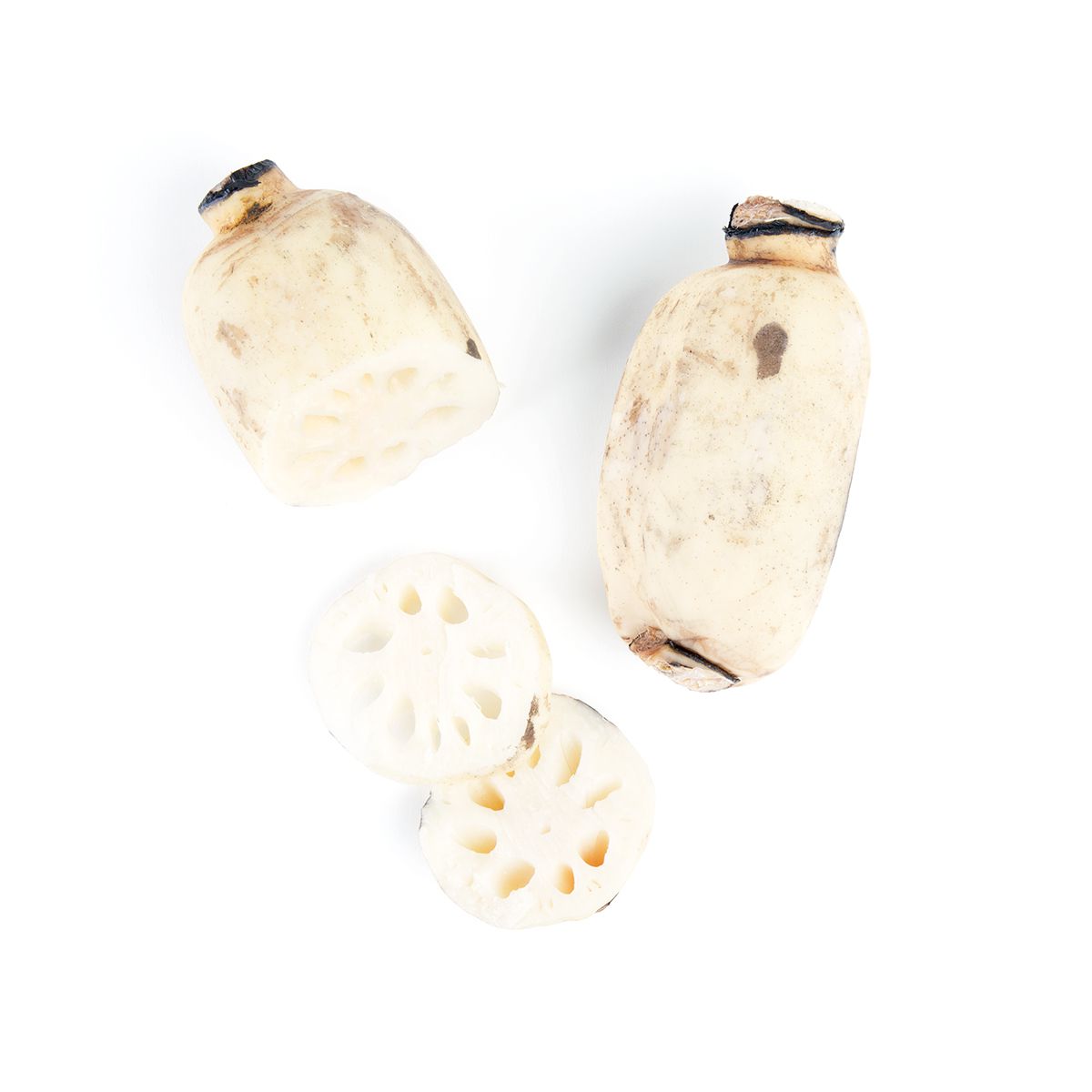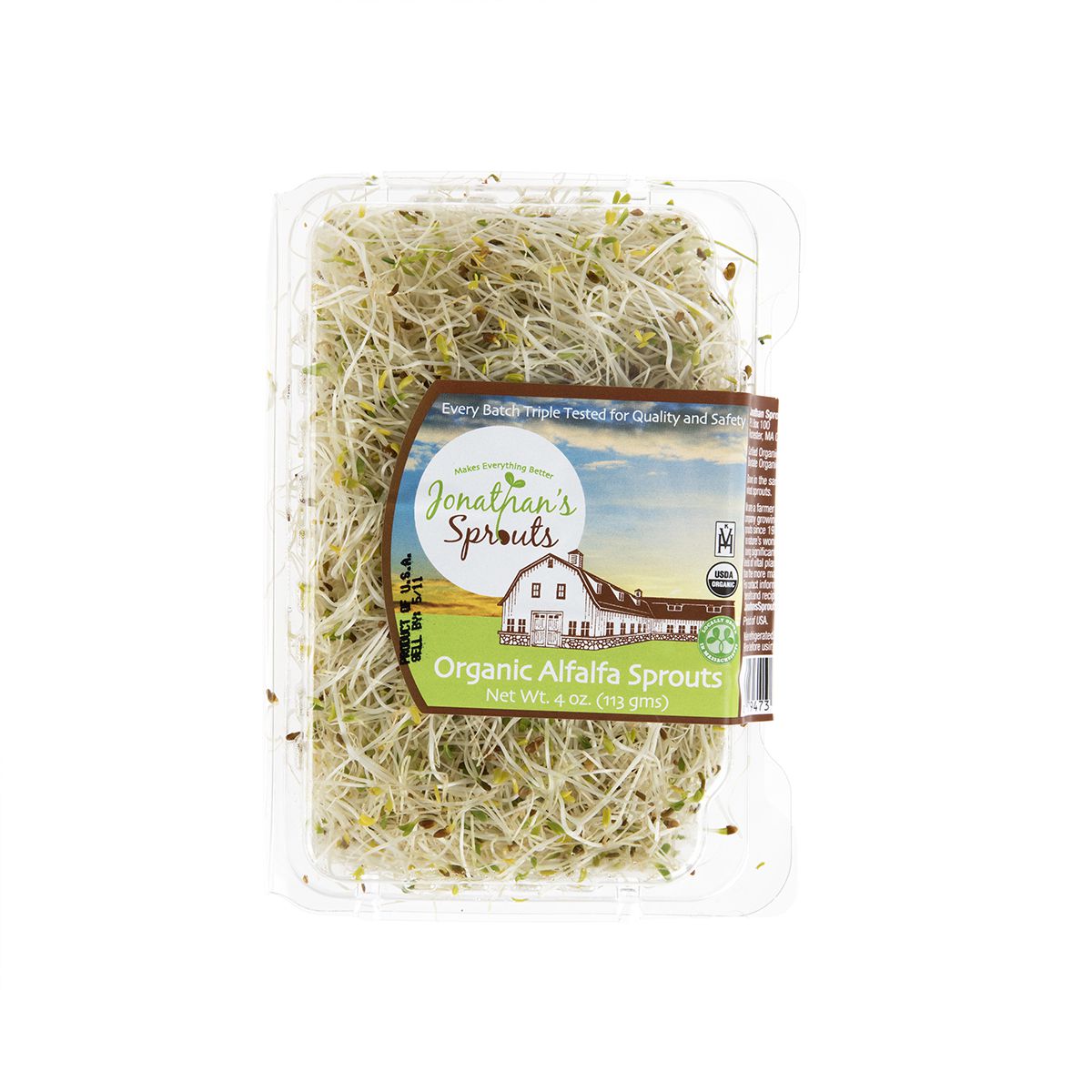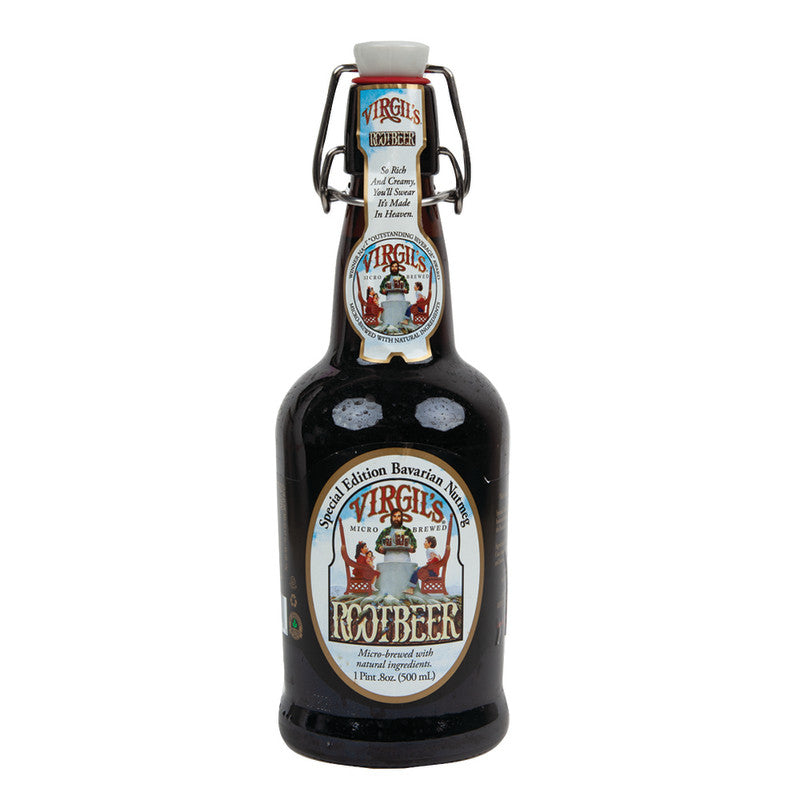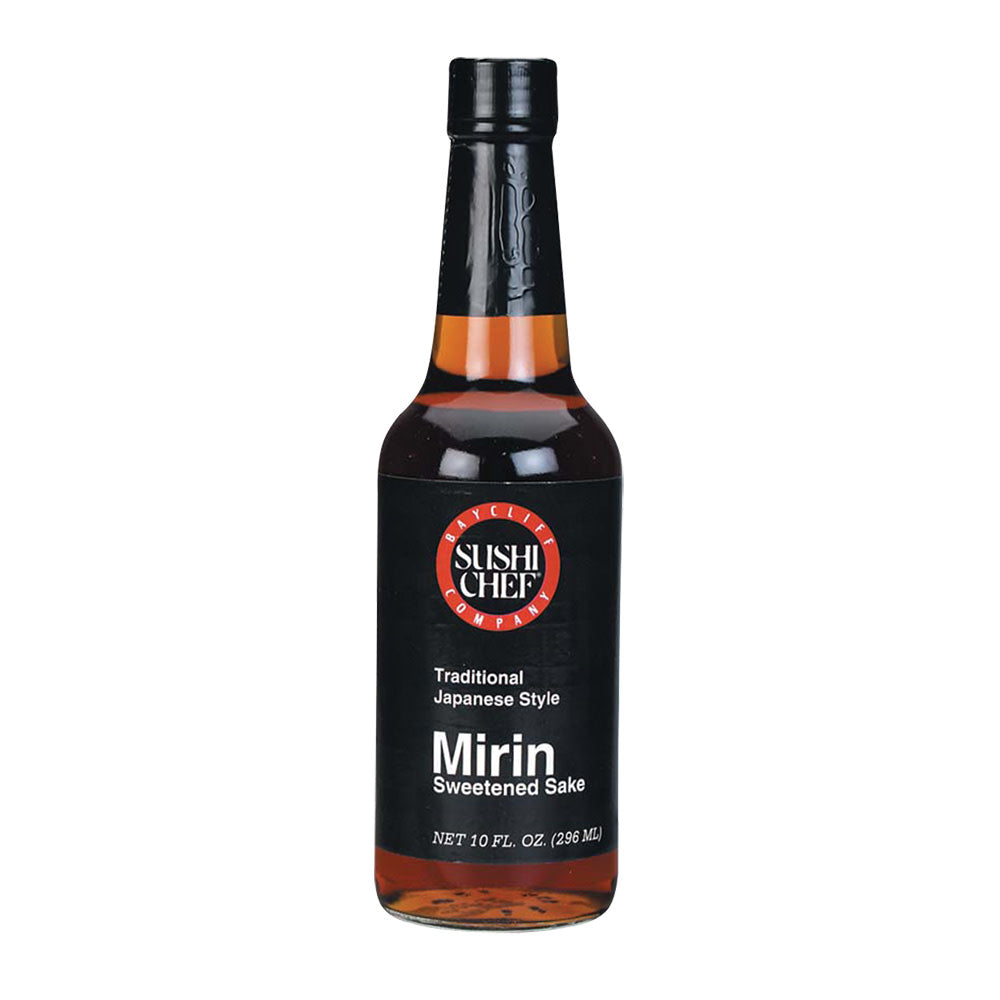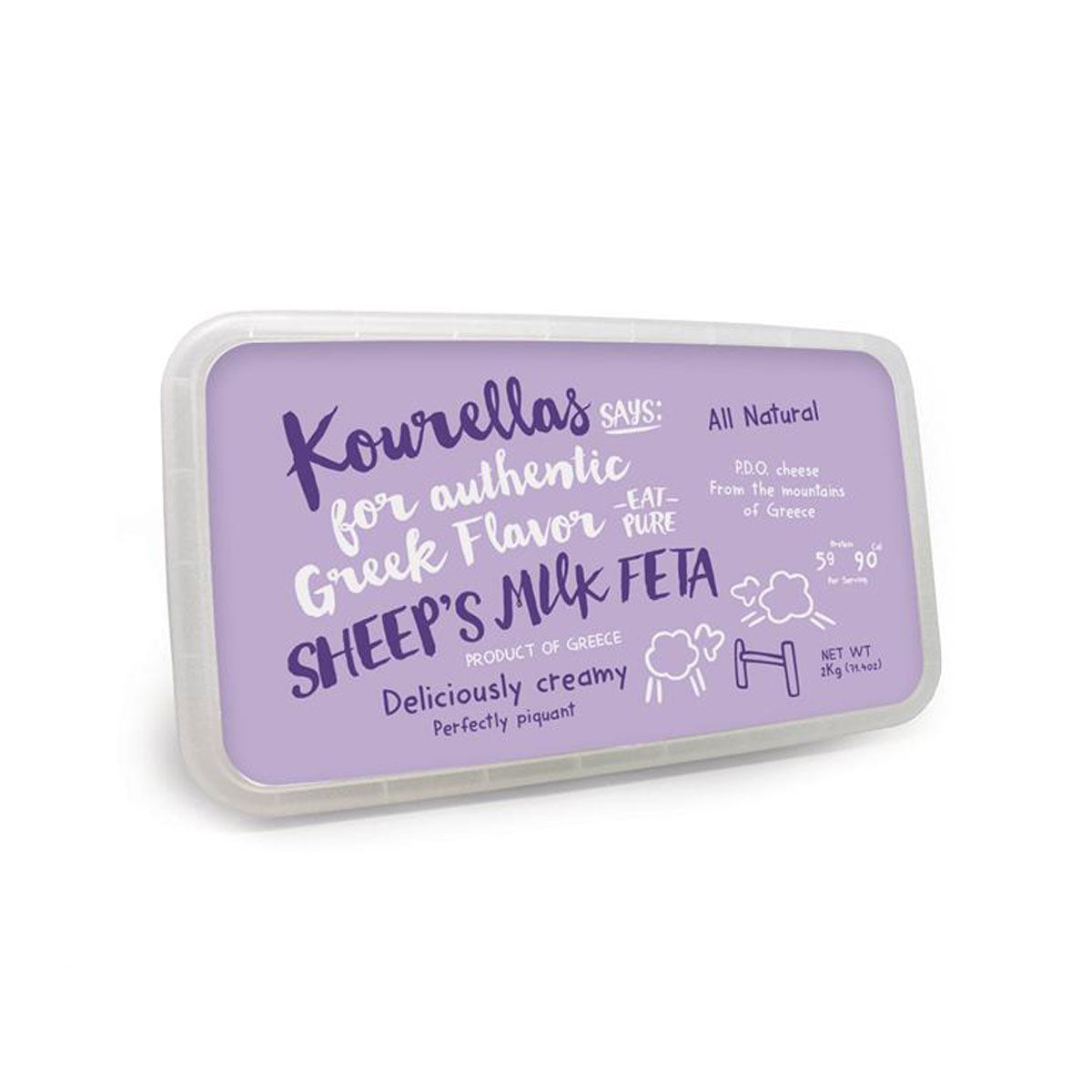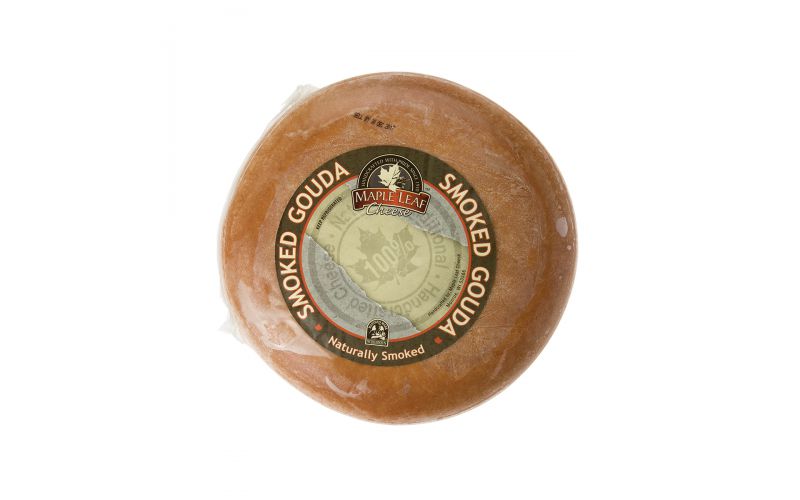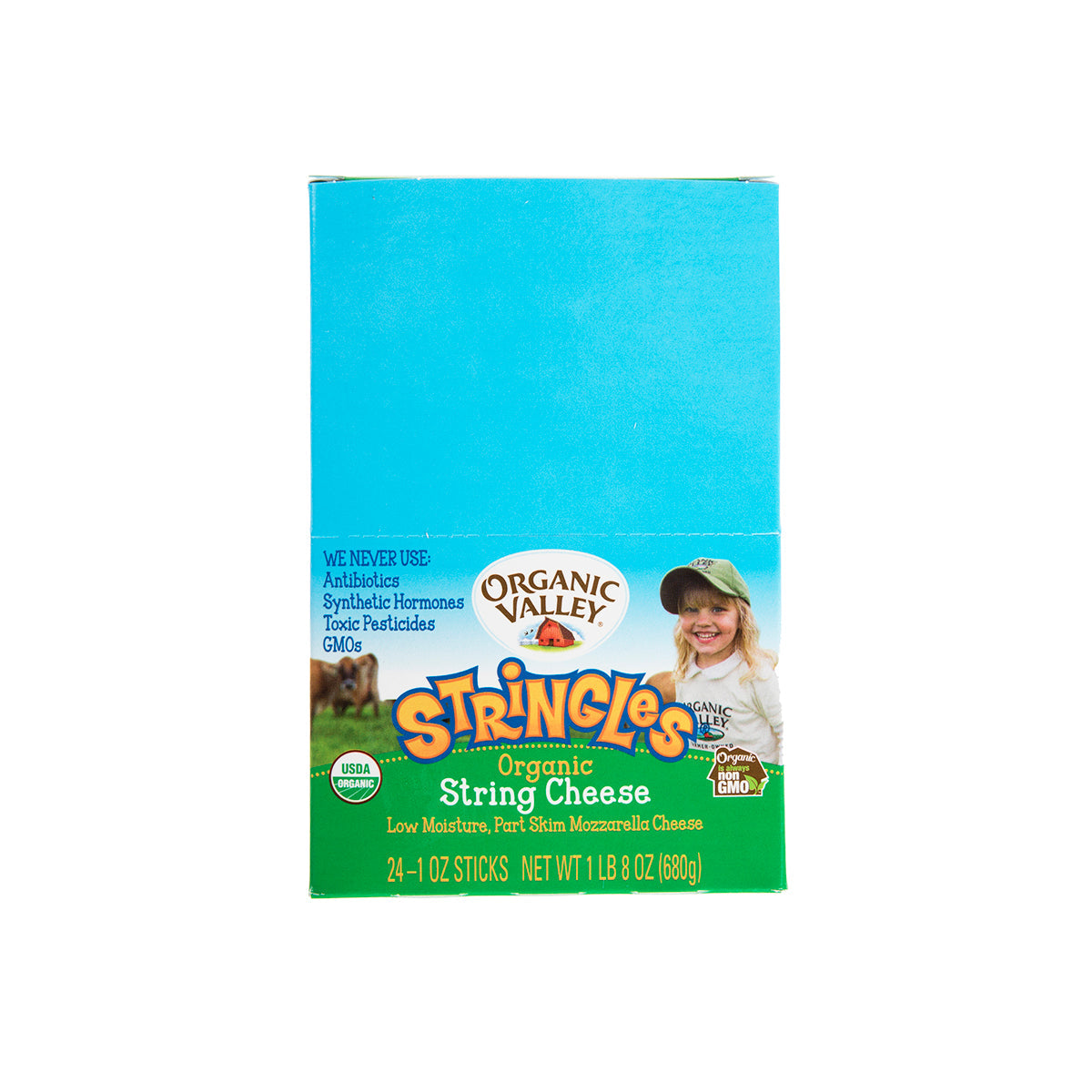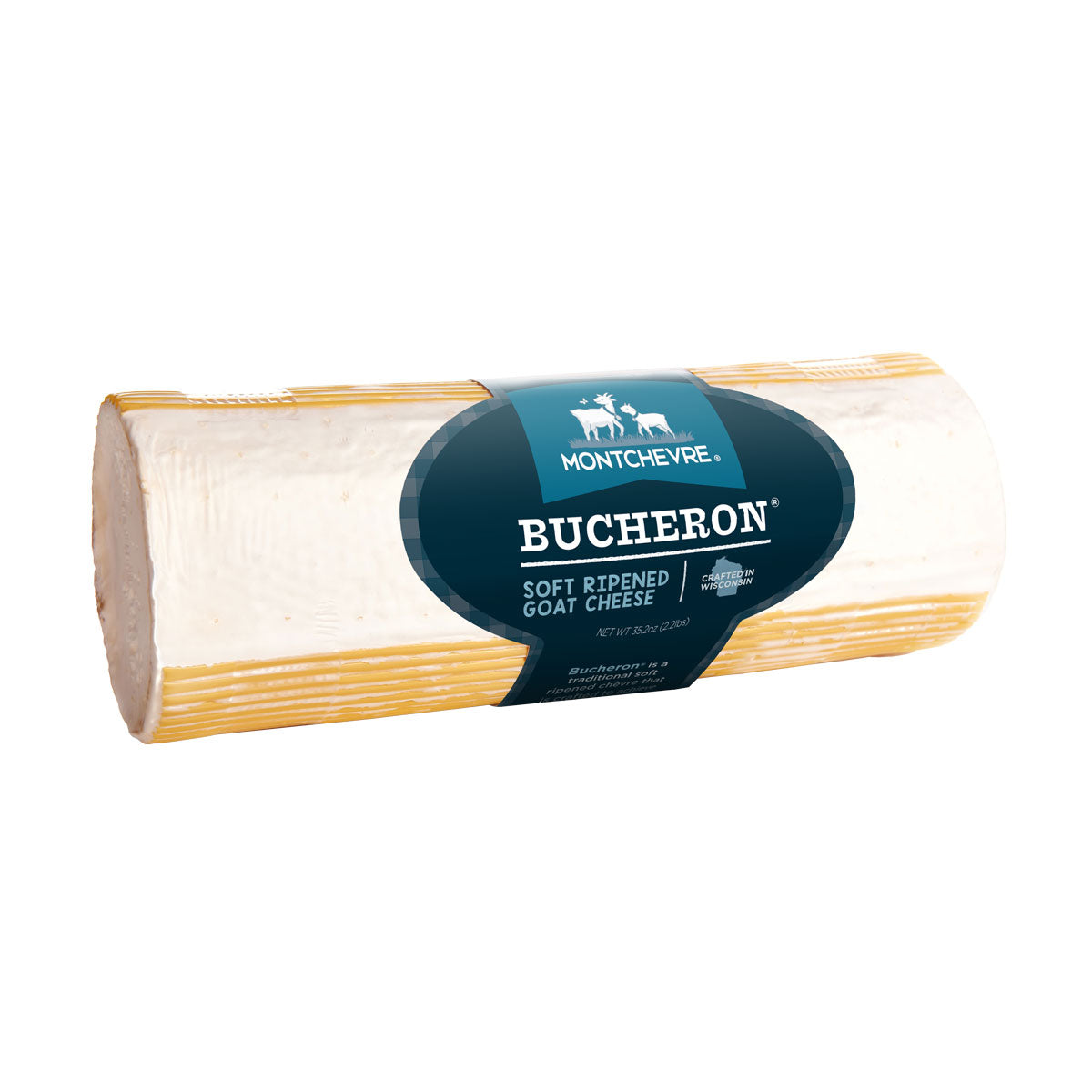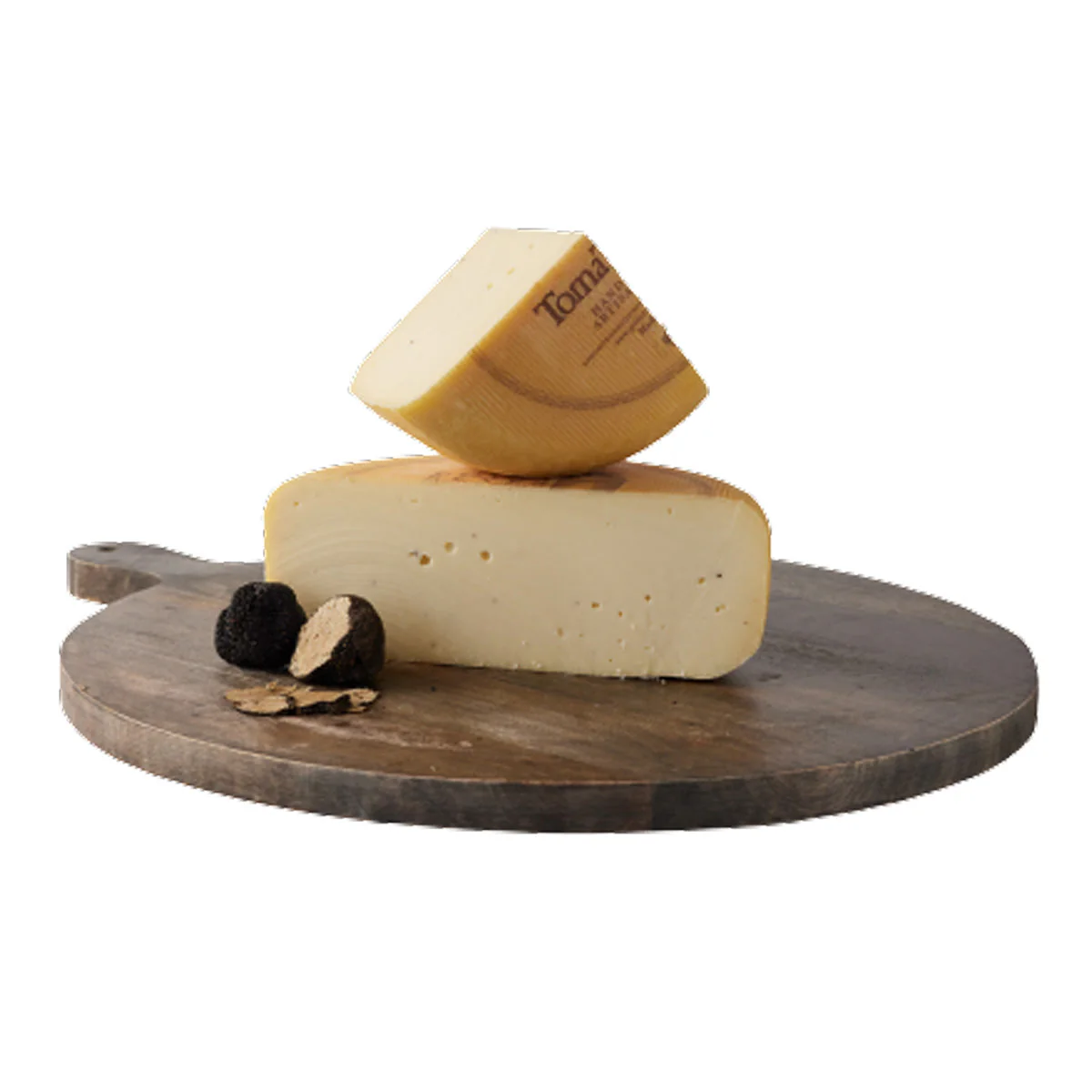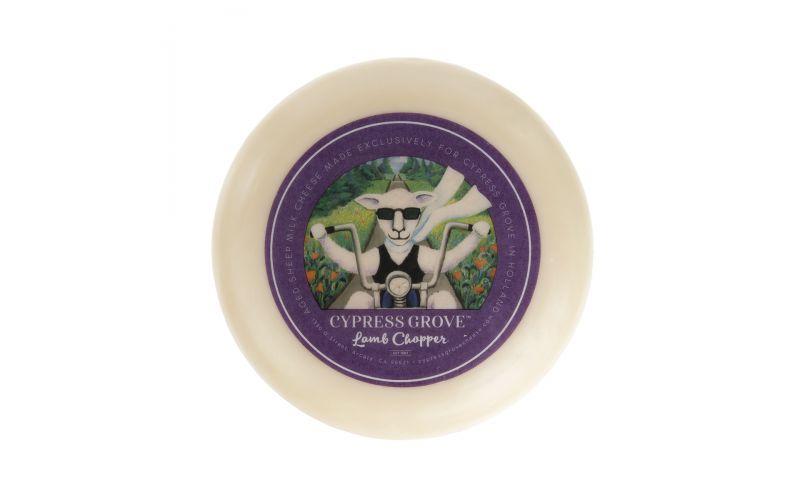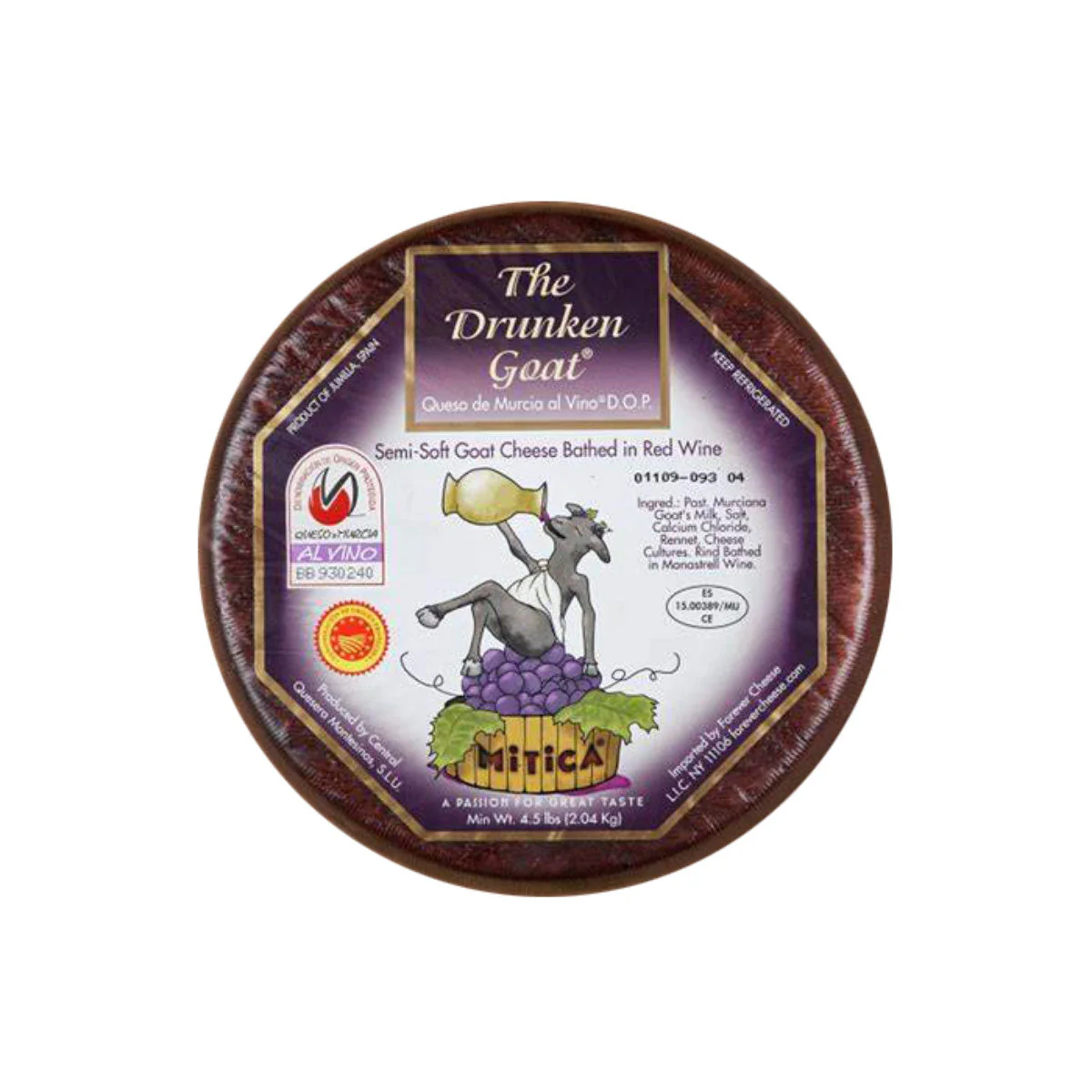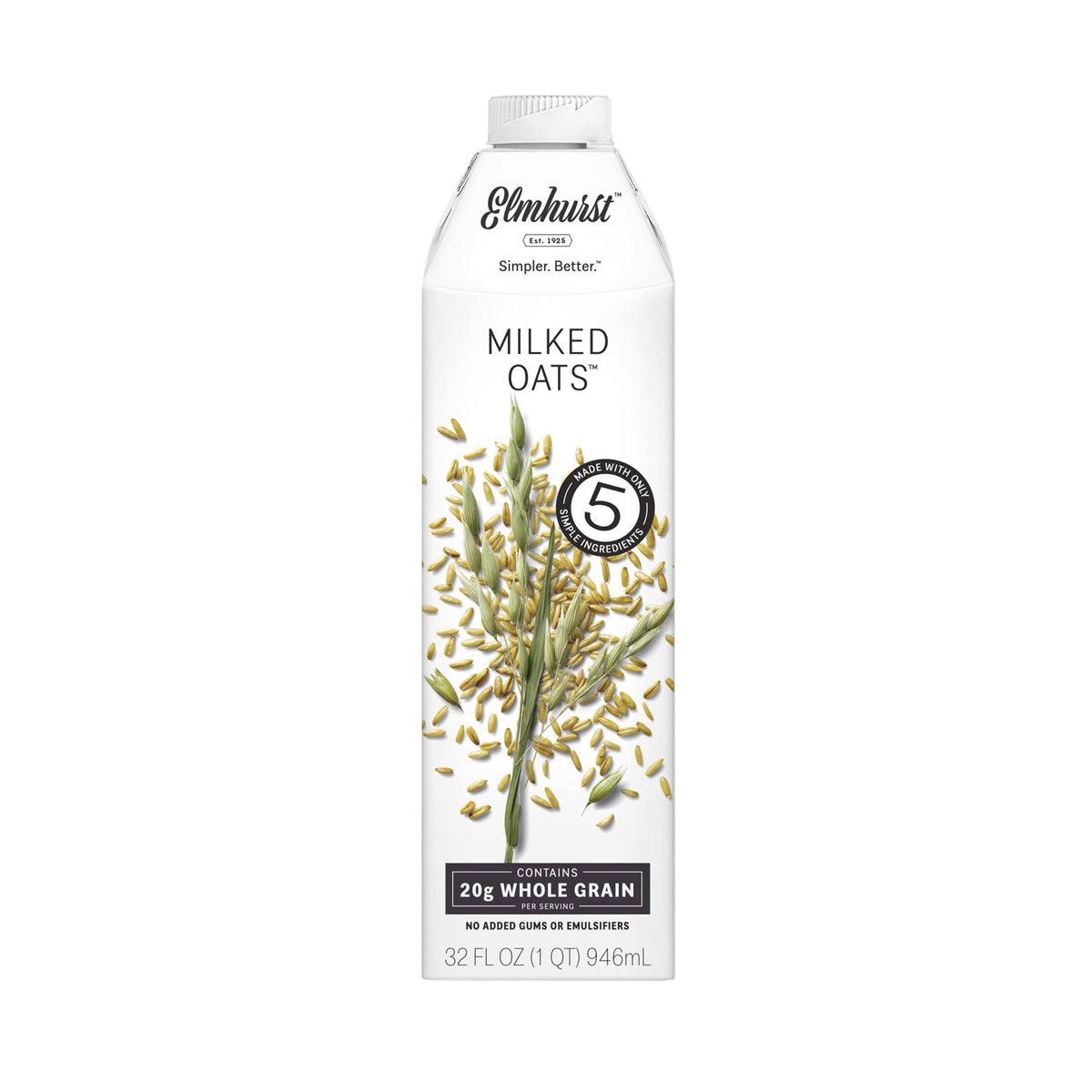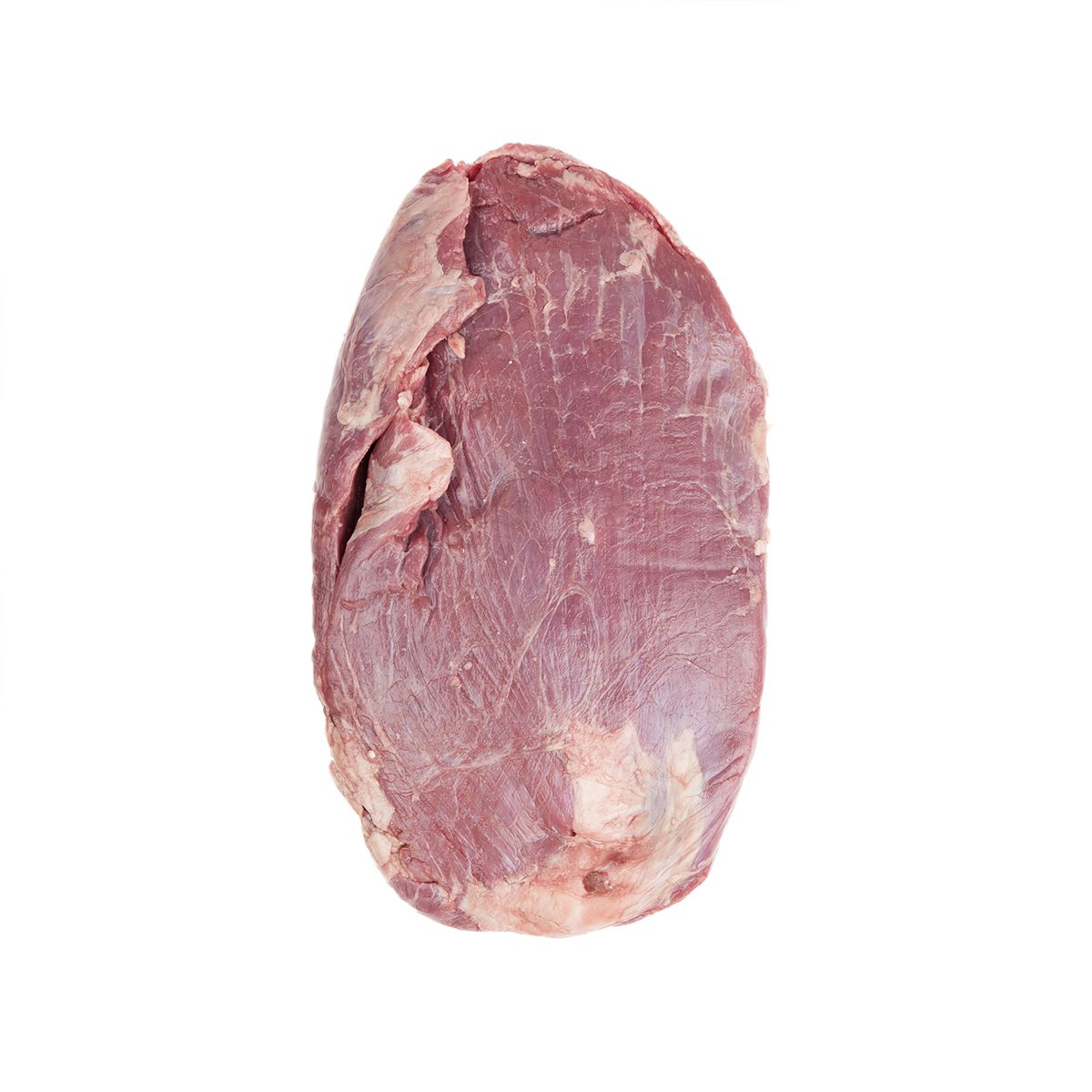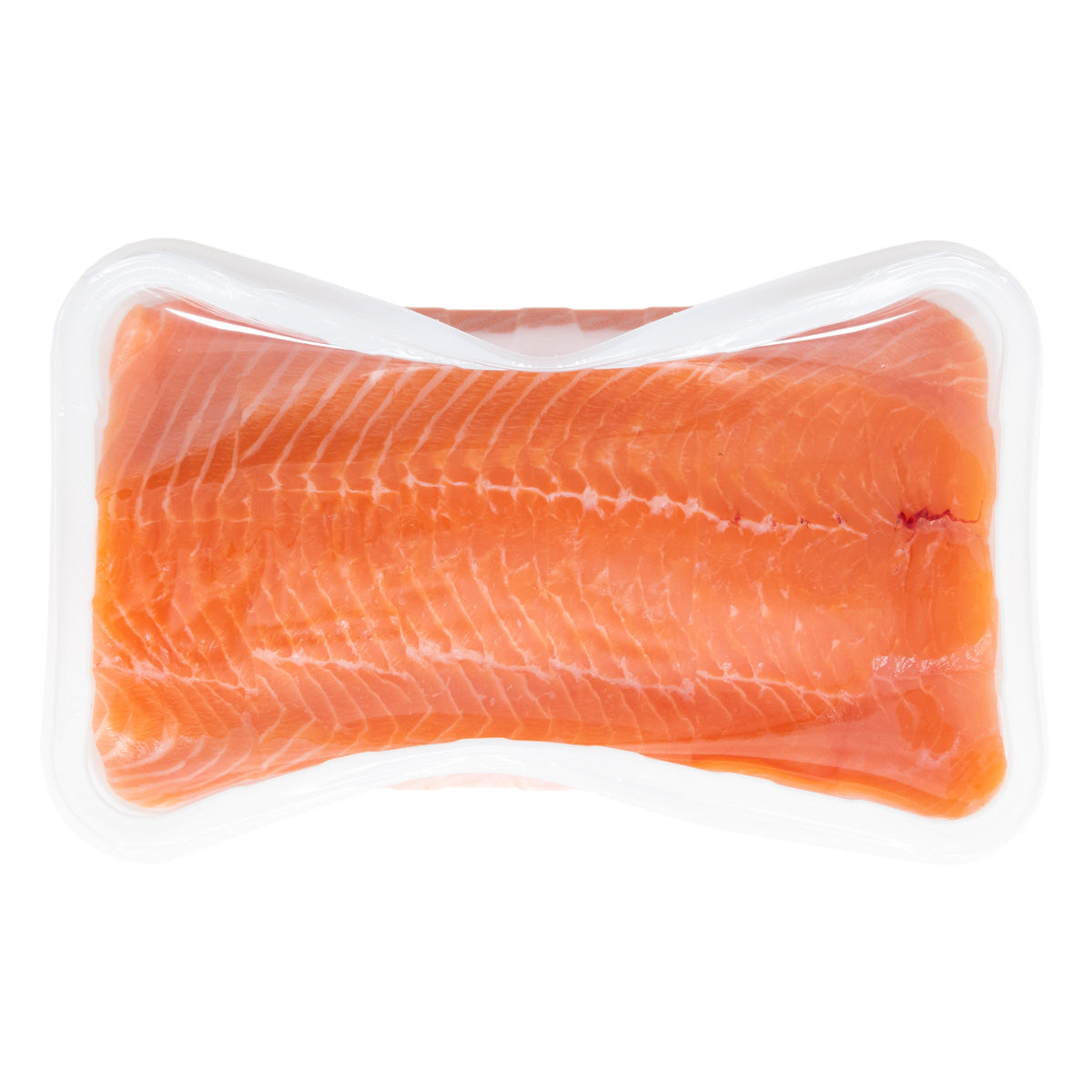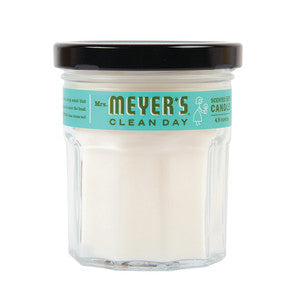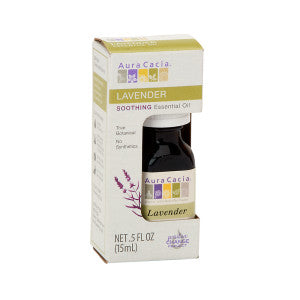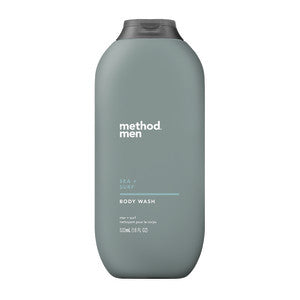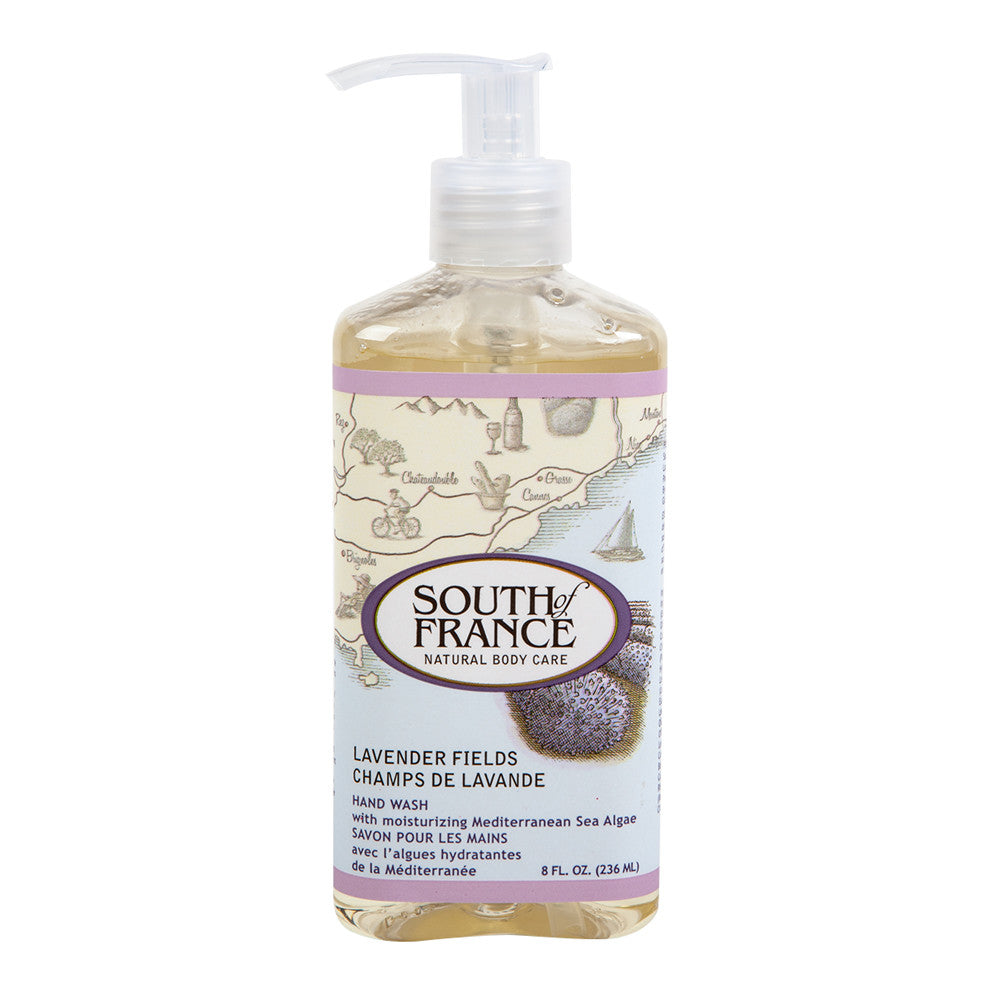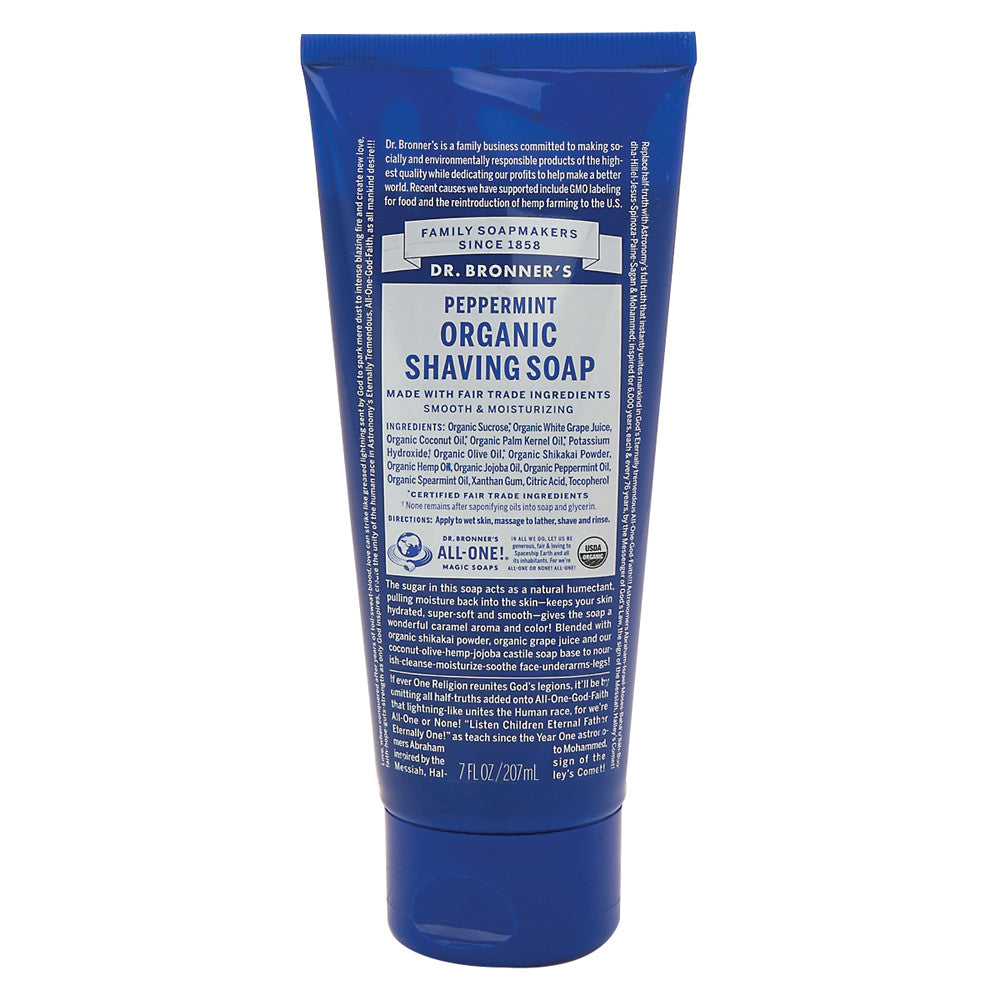For sushi enthusiasts like me, the importance of rice in this beloved Japanese dish cannot be overstated. The choice of rice is crucial to creating the perfect sushi. Let's delve into the fascinating world of sushi rice and explore the various options available.
WHAT KIND OF RICE IS USED FOR SUSHI RICE?
Traditionally, Japanese chefs use a specialized rice known as "sushi rice" for crafting sushi. Sushi rice is made from short-grain Japanese rice and is renowned for its unique sticky texture, which is essential for helping the sushi ingredients adhere together seamlessly.
However, if you're unable to find sushi rice at your local grocery store, fret not. There are alternatives that can serve the purpose admirably. Calrose rice, a medium-grain rice, can be used, as can brown rice. Keep reading to learn more about these options!
TYPES OF RICE
Rice comes in various shapes and sizes, and selecting the right type is pivotal for achieving sushi perfection. The primary rice categories are as follows:
-
Short-grain: This is the classic choice for traditional sushi. Its inherent stickiness plays a crucial role in keeping your sushi intact.
-
Medium-grain: While not as commonly used as short-grain rice, some sushi recipes call for a combination of medium-grain and short-grain rice.
-
Long-grain: When it comes to sushi, steer clear of long-grain rice like Jasmine or Basmati, as it lacks the necessary stickiness for this culinary art.
BEST RICE FOR SUSHI
Technically, you can use different types of rice for homemade sushi, but the authentic sushi experience is best achieved with sushi rice.
Sushi rice is famed for its stickiness, a fundamental attribute that holds all the ingredients together. Regular white rice is too fluffy for this purpose, but it can be transformed into sticky rice through a specific cooking process and the addition of the right ingredients.
Here's a comprehensive list of the best types of rice for making sushi:
-
Japanese Rice: Also known as Japonica rice, this is among the top choices for crafting sushi. Koshihikari rice is a premium Japanese rice variety, though it may come at a slightly higher price point. You can typically find it in Japanese supermarkets.
-
Sushi Rice: Sushi rice differs from Japanese rice in its preparation. It is created by steaming Japanese rice and incorporating vinegar, earning it the moniker "vinegar rice." While a rice cooker is the ideal tool for preparing sushi rice, a regular pot will suffice. Season it with vinegar, salt, and sugar to attain the perfect flavor balance.
-
Calrose Rice: In the event that Japanese rice is unavailable, consider Calrose rice. It's a medium-grain rice variety that originates from California.
-
Brown Rice: Although not the most common choice for sushi, some individuals prefer it due to its lower calorie content. Be mindful that brown rice carries a stronger flavor and requires a longer cooking time.
TYPES OF RICE TO AVOID FOR SUSHI
Certain rice types are best avoided when making sushi. These include Arborio rice, glutinous rice, and long-grain white rice such as Basmati rice.
Now, let's explore some products that we recommend for your sushi-making adventure:
Recommended Sushi Rice Products:

-
Texmati Discoveries Kamalis Intensely Fragrant Jasmine Rice: While Jasmine rice isn't suitable for sushi, it adds a delightful, aromatic touch to other Asian dishes, thanks to its fragrant and slightly nutty flavor.

-
Texmati Brown Jasmati Rice: For health-conscious sushi lovers, consider using brown rice. Its nutty and slightly chewy nature imparts a unique twist to your sushi.

-
Texmati Organic Arborio: Arborio rice is perfect for risotto but not recommended for sushi. It's a short-grain rice with high starch content, ideal for creating creamy dishes.

-
Texmati White Rice: As a versatile option for everyday meals, Texmati white rice excels. However, it's not suited for sushi due to its long-grain characteristics.

-
Texmati Jasmati Rice: Although Jasmine rice is aromatic and delightful, it's not the right choice for sushi. Save it for your favorite curry or stir-fry recipes.
In conclusion, the choice of rice is a critical factor in creating delectable sushi. While traditional short-grain Japanese sushi rice is the ideal choice due to its inherent stickiness, other rice options such as Calrose rice and brown rice can be suitable substitutes if you can't find sushi rice. It's essential to remember that long-grain rice varieties like Jasmine or Basmati should be avoided for sushi, as they lack the necessary stickiness.
The key takeaway is that sushi rice is the gold standard for making sushi, renowned for its unique texture that helps all the ingredients adhere together seamlessly. Whether you opt for Japanese rice, sushi rice, Calrose rice, or even brown rice, the goal is to achieve the right balance of flavors and textures to create the perfect sushi.
Furthermore, while the choice of rice is vital, the quality of your ingredients, your sushi-making technique, and your seasoning are also crucial factors in crafting exceptional sushi. So, get creative, experiment with different rice options, and have fun perfecting your sushi-making skills. Happy sushi crafting!





























